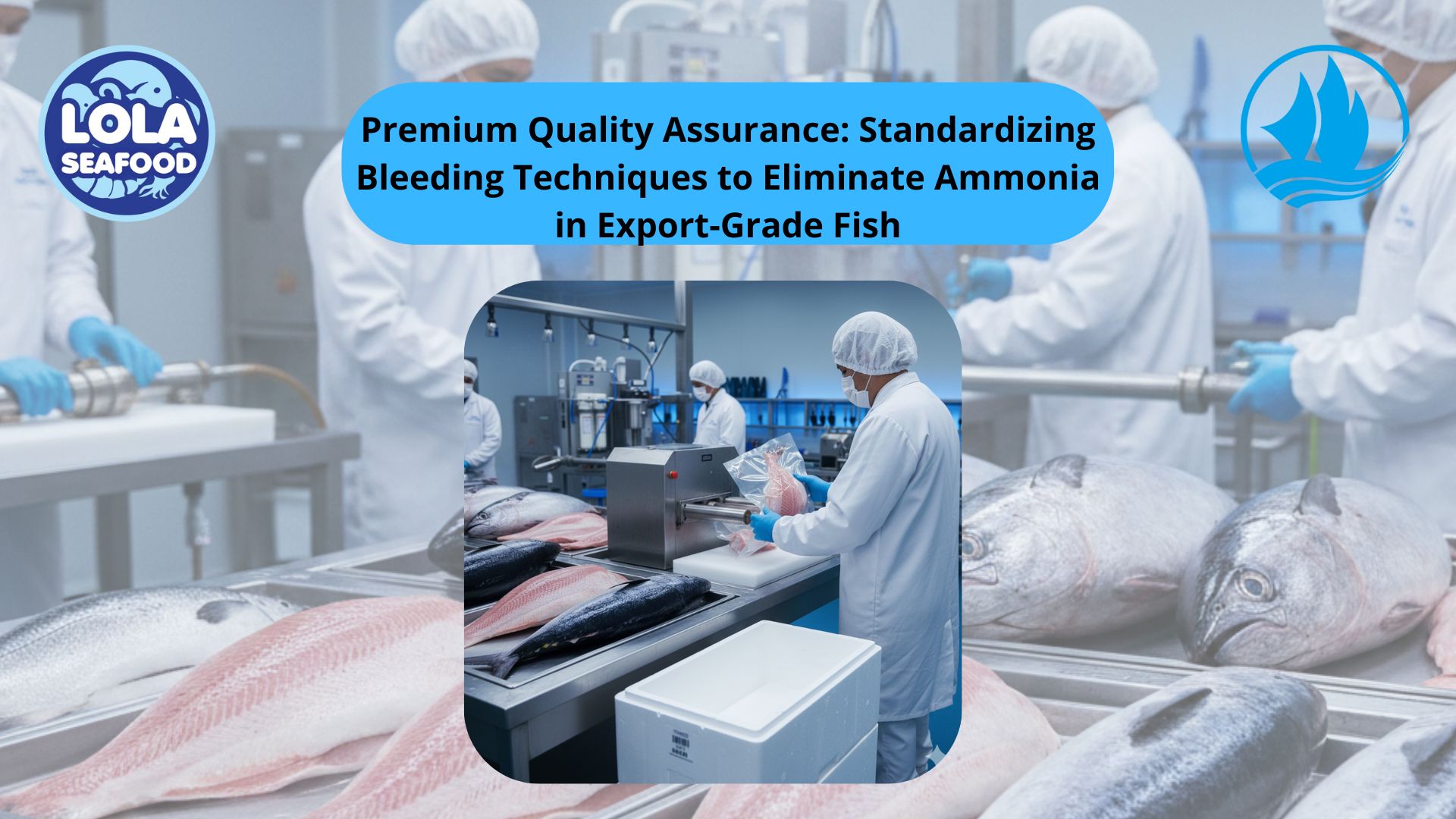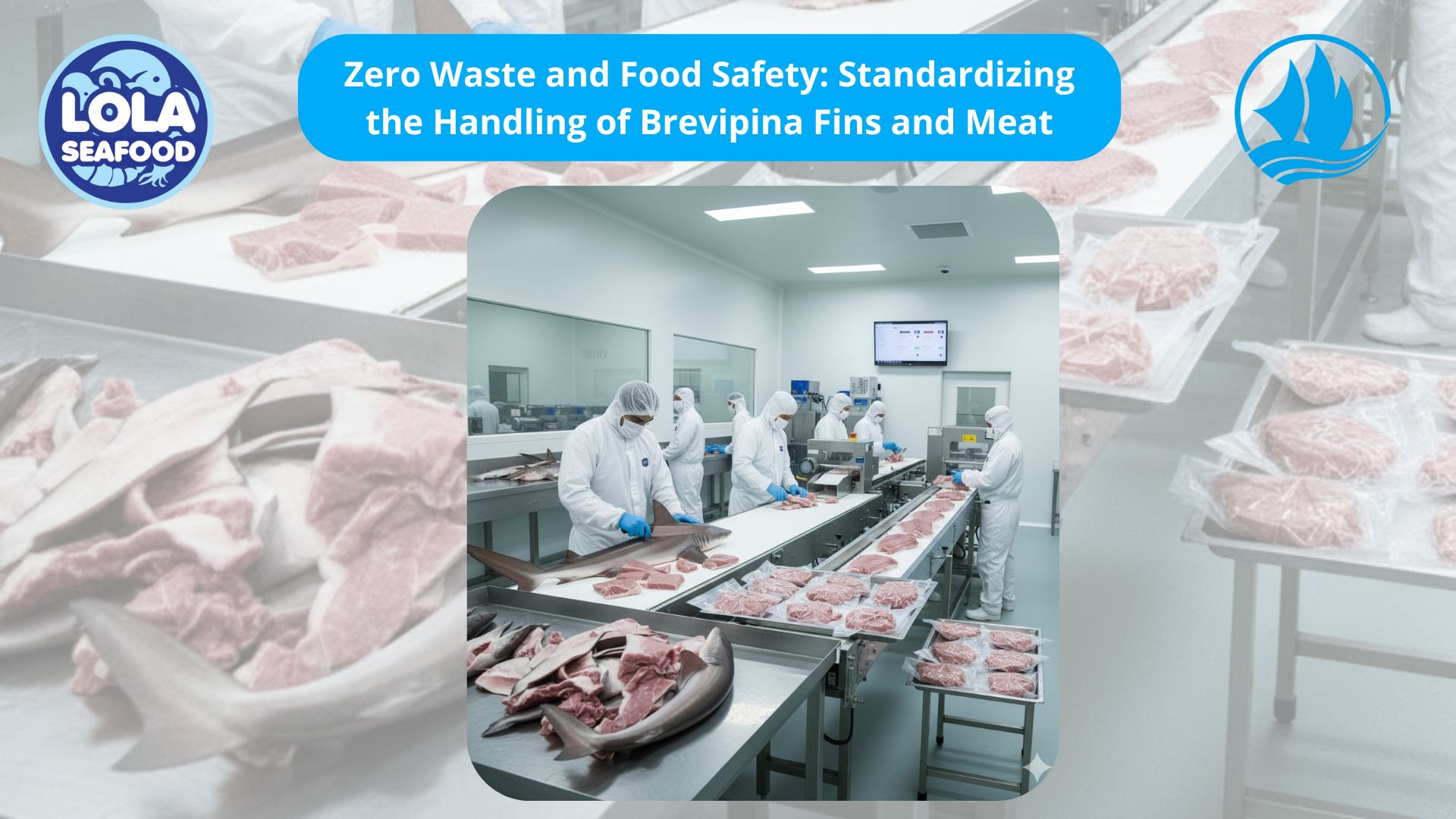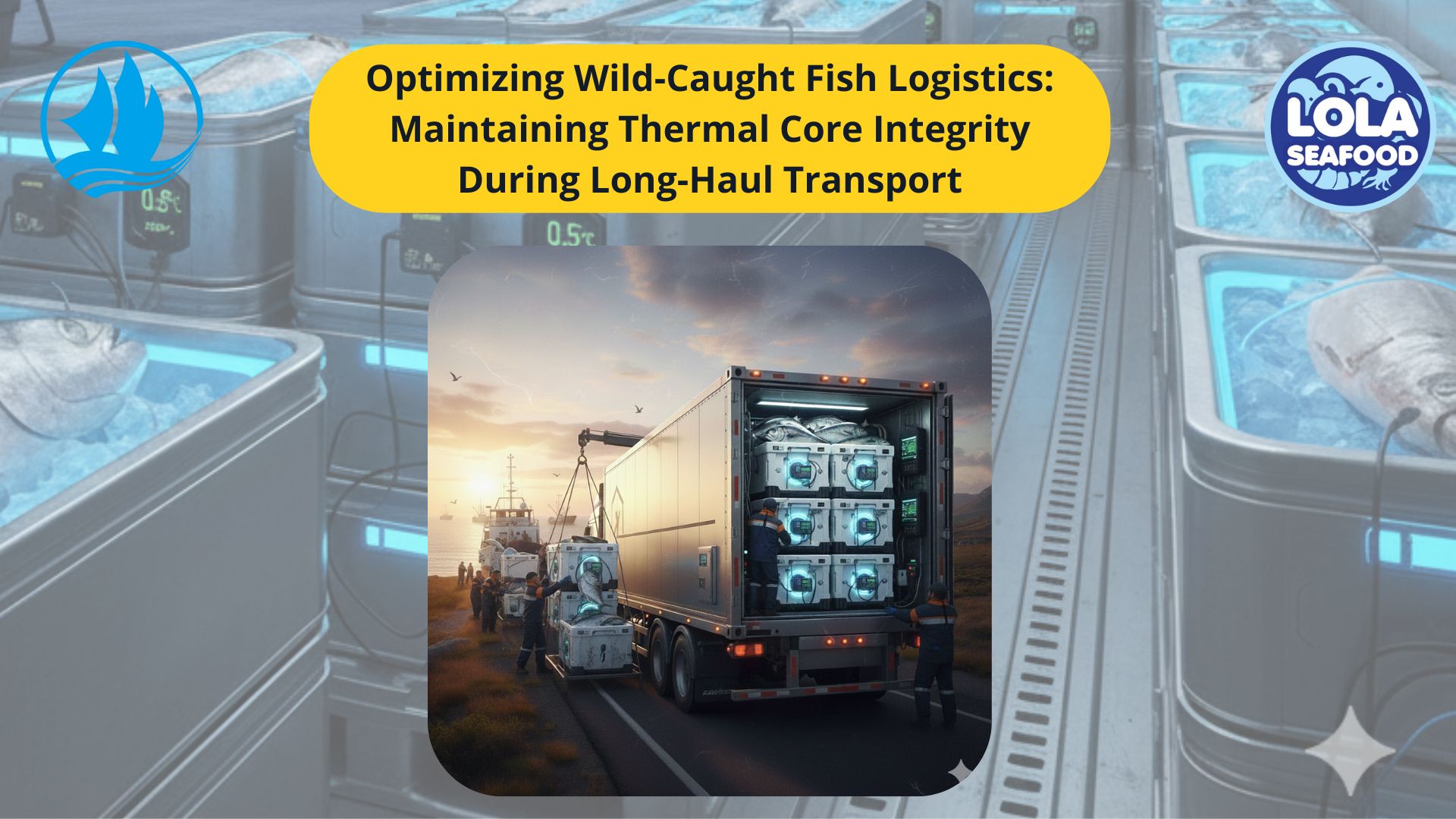The Freezing Process with Air Blast Freezer: Preserving Seafood Quality for Longer
By. Puji Widyastuti - 08 Sep 2025.jpg)
Kelolalaut.com Seafood is one of the most delicate food products in the world. Its freshness, flavor, and nutritional content can quickly deteriorate if not handled properly after being caught. For businesses and consumers alike, maintaining seafood quality is essential. One of the most widely used and effective methods to preserve seafood is air blast freezing. This technology has become a game-changer in the seafood industry, ensuring products stay safe, nutritious, and delicious even after long storage periods.
Air blast freezing is a method that uses extremely cold air, usually between –30°C to –40°C, circulated at high speed over the surface of the seafood. This rapid cooling process quickly reduces the temperature of the product to a safe storage level, typically –18°C or lower. Unlike slower freezing methods, air blast freezing helps form smaller ice crystals inside the seafood, which minimizes cell damage and better preserves texture, taste, and appearance.
The process is usually carried out inside a specialized freezer room equipped with powerful fans and refrigeration units. Seafood products—such as fish fillets, shrimp, squid, or shellfish—are spread on trays or racks, allowing cold air to move evenly around them. The main reason for using air blast freezing is quality preservation. Fresh seafood contains high levels of protein, healthy fats, and moisture, which makes it highly perishable. If stored at regular temperatures, bacteria and enzymes can spoil seafood within hours or days. Freezing effectively halts these processes.
Some Key Benefits Include
1. Better Texture and Flavor
Because air blast freezing is fast, it prevents the formation of large ice crystals that break down the seafood’s cellular structure. This ensures that when thawed, the product retains a fresh-like texture and flavor.
2. Nutrient Retention
Vitamins, minerals, and omega-3 fatty acids remain intact when seafood is frozen quickly. This makes frozen seafood just as healthy as fresh-caught fish.
3. Extended Shelf Life
Air blast freezing extends seafood storage life from just a few days to several months. This is crucial for both local markets and international exports.
4. Safety Assurance
By rapidly lowering the temperature, the growth of harmful microorganisms such as bacteria and parasites is stopped, making the product safer for consumers.
The Step by Step Freezing Process
1. Preparation and Cleaning
Before freezing, seafood is washed, sorted, and sometimes pre-treated (for example, with glazing or brining) to protect quality.
2. Placement in Freezer
The seafood is arranged in trays, racks, or trolleys, ensuring proper airflow. Overloading can reduce efficiency, so spacing is carefully managed.
3. Rapid Cooling
High-velocity fans circulate freezing air across the product’s surface. Within a few hours, the core temperature of the seafood reaches –18°C or below.
4. Storage and Packaging
Once frozen, seafood is transferred to cold storage rooms at stable sub-zero temperatures. Proper packaging, such as vacuum sealing, helps protect against freezer burn and oxidation.
Air blast freezing is widely used across the seafood supply chain. Fishing vessels sometimes have on-board air blast freezers to preserve the catch immediately after harvest. Processing plants use large-scale blast freezers for bulk quantities, ensuring products remain export-ready. Retailers and distributors also rely on this method to guarantee consistent quality from factory to supermarket shelves. For consumers, this means they can enjoy seafood products that are not only safe but also close in quality to freshly caught fish, no matter the distance.
As global demand for seafood continues to rise, efficient preservation methods will become even more critical. Air blast freezing remains a reliable and cost-effective solution, but innovations are underway to make the process more energy-efficient and environmentally friendly. Combining air blast freezing with new packaging technologies and smart monitoring systems could further improve seafood safety and sustainability in the future.
Air blast freezing is more than just a preservation technique—it is a bridge between ocean freshness and consumer satisfaction. By ensuring seafood maintains its texture, taste, and nutrition, this method supports both the seafood industry and public health. For businesses, it enables longer distribution chains and higher export value. For consumers, it ensures that every bite of seafood remains as close to “fresh from the sea” as possible.
If youre interested in our Red / Scarlet Snapper Indonesian Seaperch Whole Round / Whole Gilled Gutted Scaled , Red / Scarlet Snapper Fillet Skin On and Red / Scarlet Snapper Fillet Portion please do not hesitate to contact us through email and/or Whatsapp
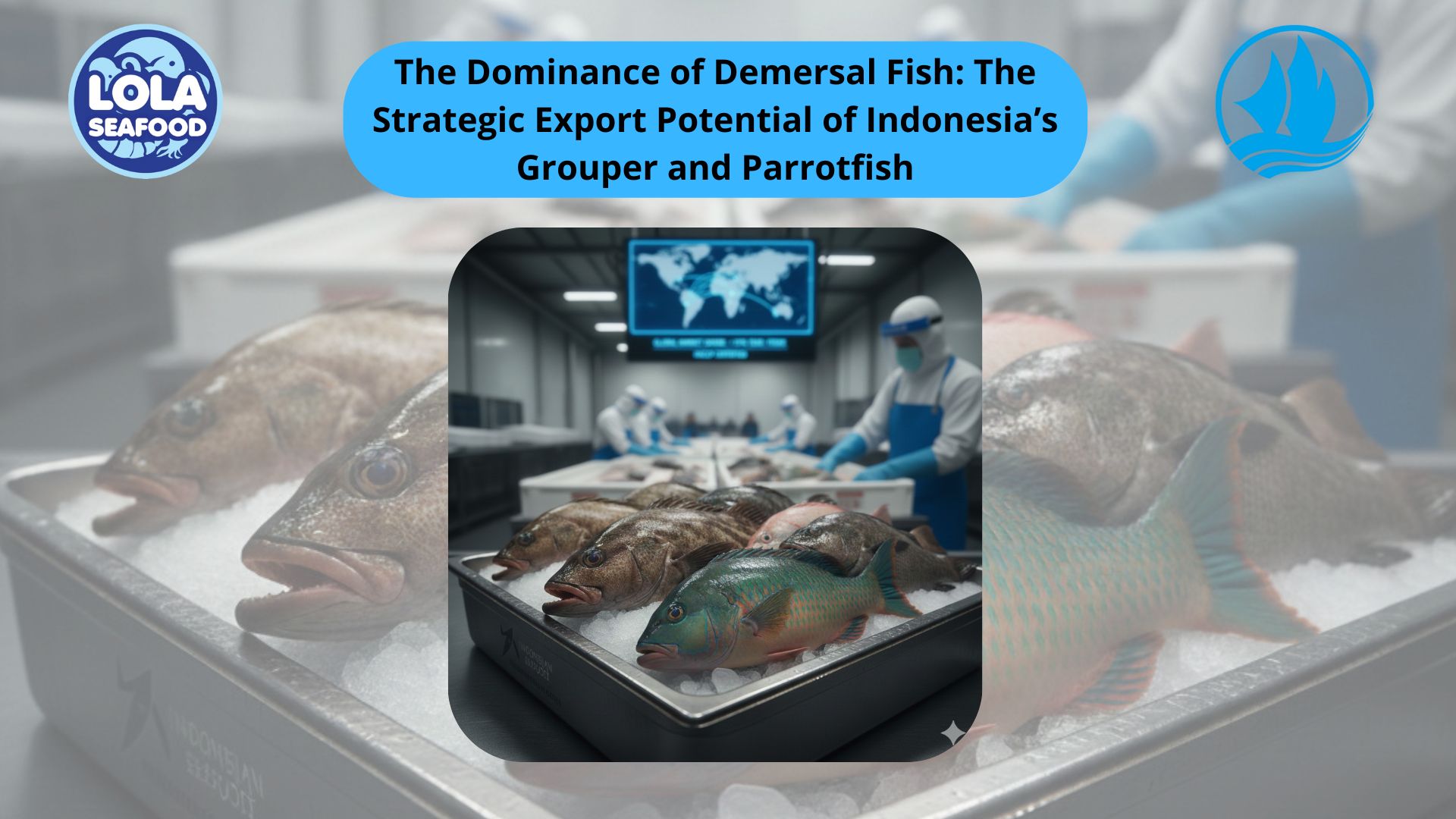
The Dominance of Demersal Fish: The Strategic Export Potential of Indonesia’s Grouper and Parrotfish
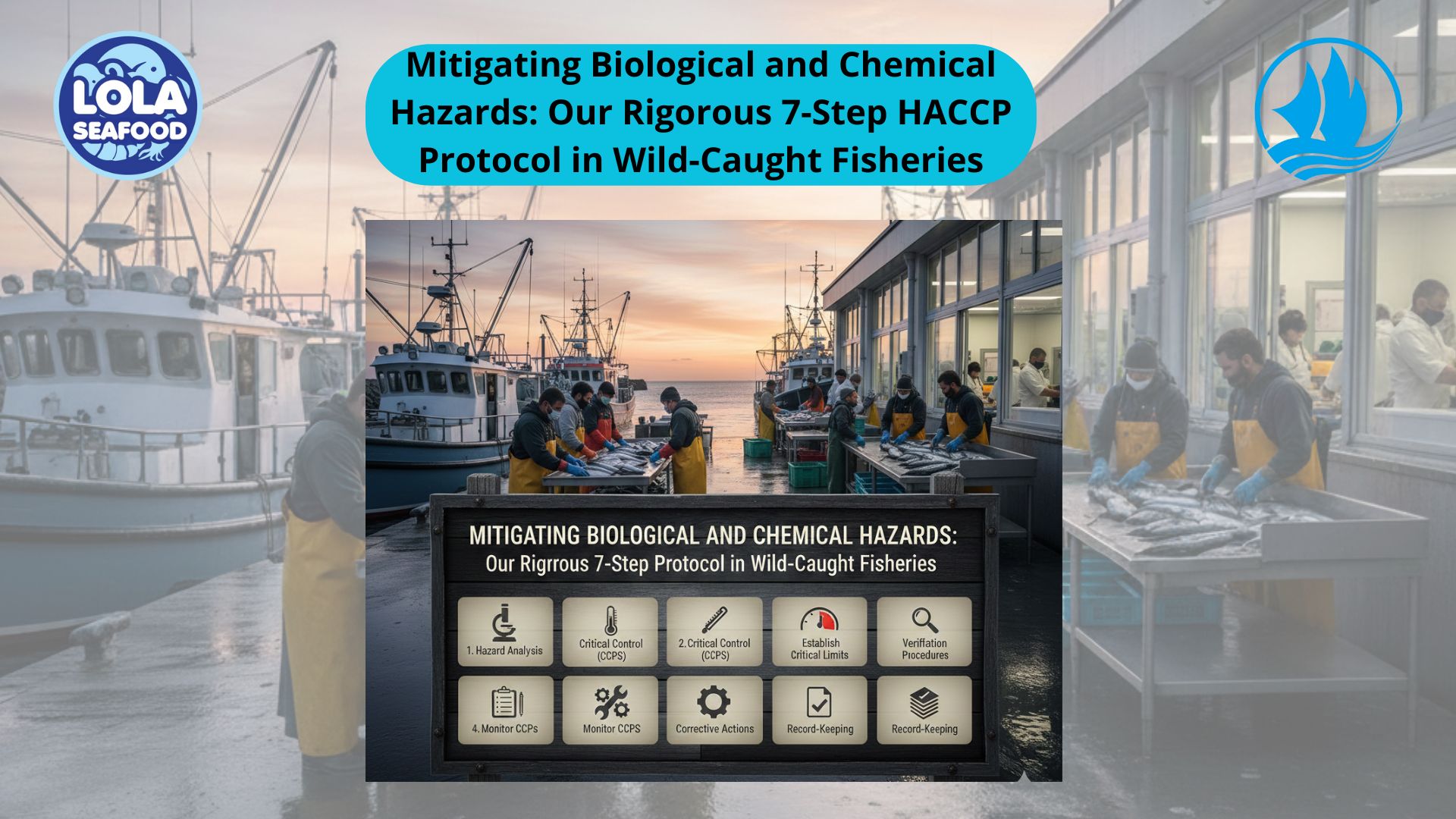

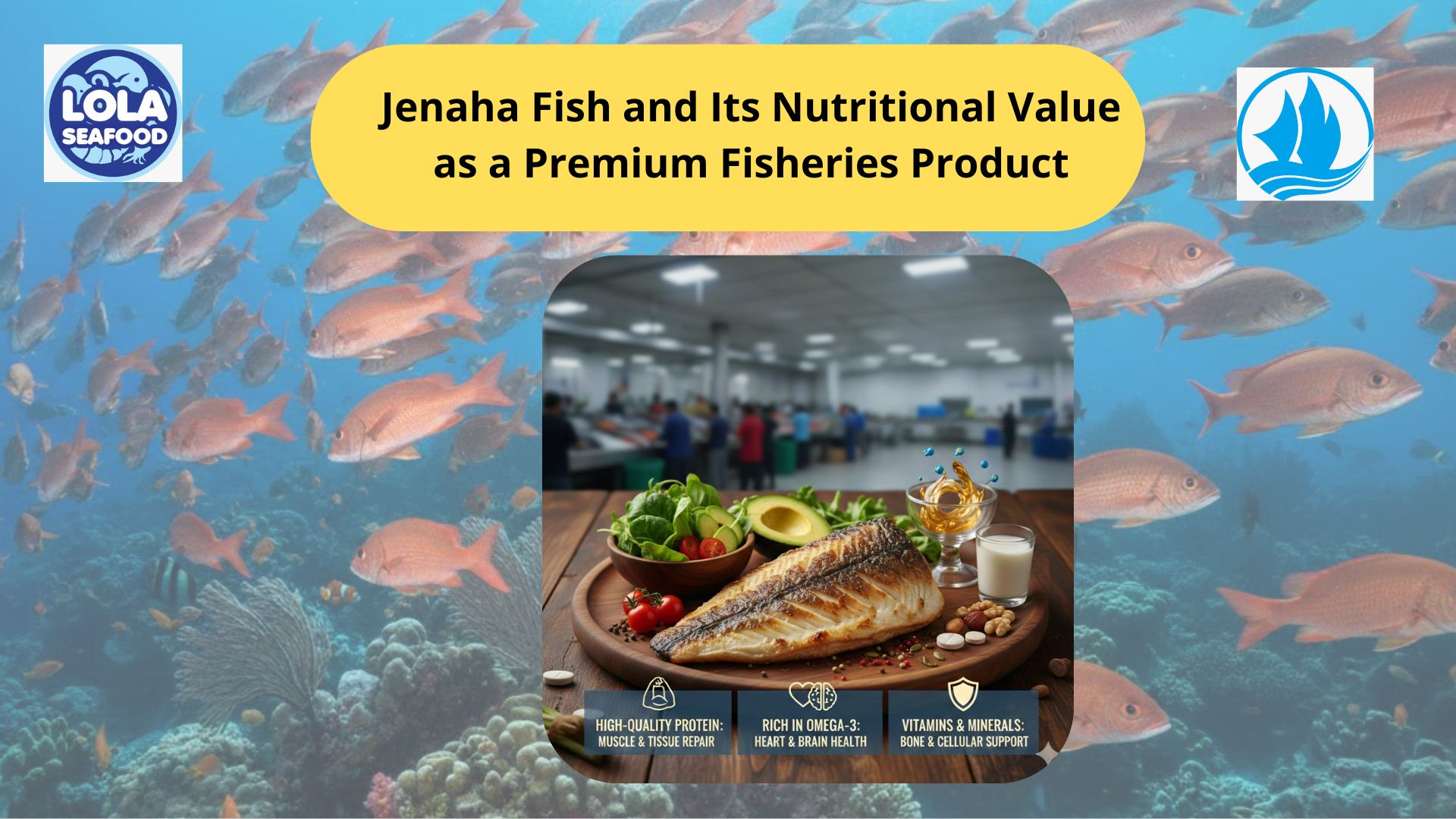

.jpg)
